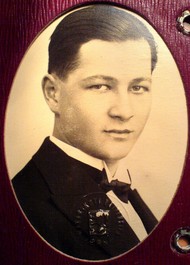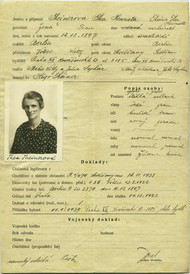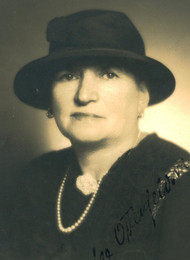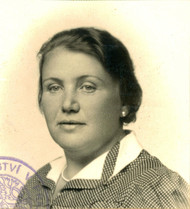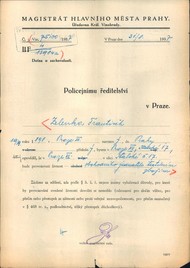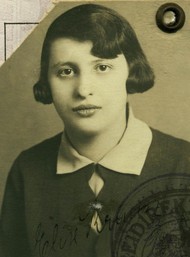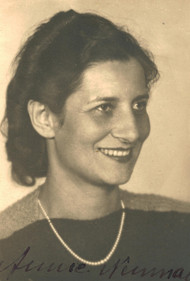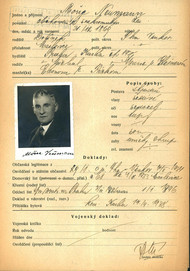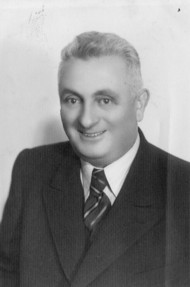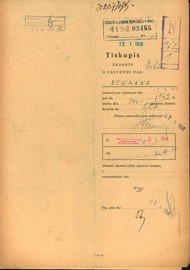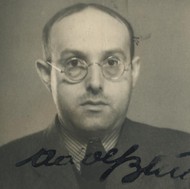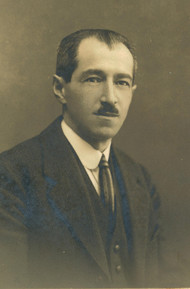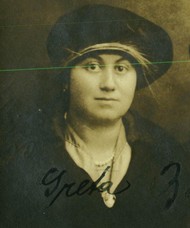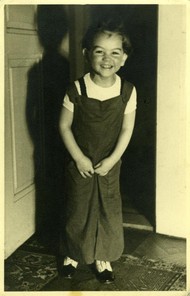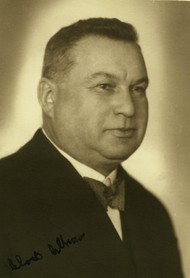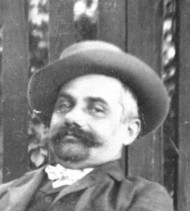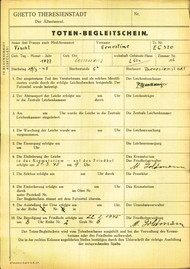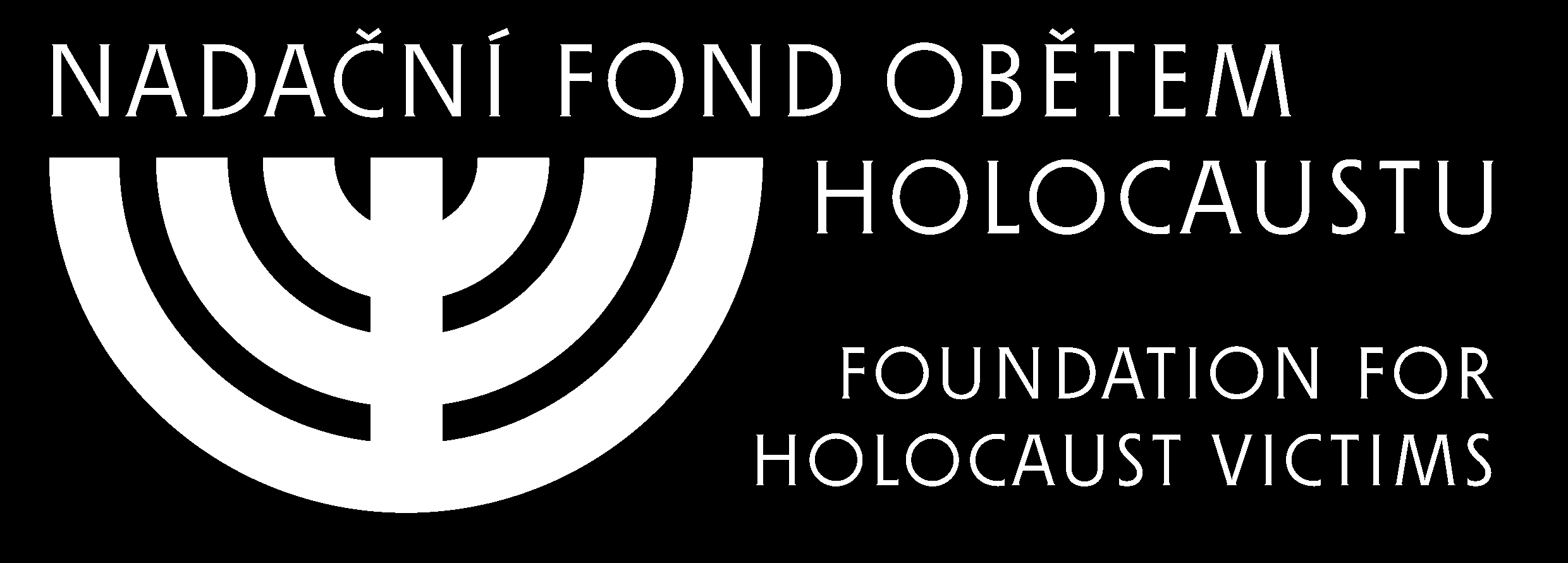Key and copyright. (In Czech)
The Gross-Rosen concentration camp (Rogoźnica in Polish) was situated approximately 60 kilometres south- west of Wrocław. It was founded in the summer of 1940, originally as a satellite camp of Sachsenhausen, in the vicinity of a granite quarry. Just under a year later, on the 1st of May 1941, Gross-Rosen became an independent concentration camp, operating until February 1945. Its commanders, in turn, were Arthur Rödl, Wilhelm Gideon and Johannes Hassebroek. At the start, the camp's prisoners were made to work in the quarry, owned by the SS-Deutsche Erd und Steinwerke GmbH, and on the construction of the camp itself. Further auxiliary camps were gradually established in the area. The number of prisoners in the camp rose steadily, from approximately one and a half thousand in 1941 to almost a hundred thousand when the camp was closed. The total number of people imprisoned in Gross-Rosen during the war is close to 125 000 victims of various nationalities. Jews formed the largest group. It is estimated that about a third of all the camp's prisoners died there. The Jewish prisoners suffered under particularly cruel and inhuman working conditions, under the supervision of sadistic Nazi guards. Heavy labour for very small food rations led to a high death rate. Jewish prisoners were not allowed to receive medical care, and they were banned from talking to other prisoners.
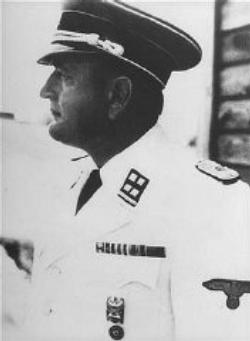
SS-Obersturmbannführer Arthur Rödl, commander of the Gross-Rosen concentration camp from 1941 - 1942. (Photo: KZ Gedenkstaette Dachau, courtesy of USHMM Photo Archives.)
At the end of 1943, after twelve months, Jewish transports to Gross-Rosen and its approximately fifty auxiliary camps in Lower Silesia and the Sudetenland were restarted. This time however, the groups arriving were larger, with 60 000 Jews coming to the Gross-Rosen network of camps, mostly from Poland and Hungary. The Jews were put to work in the German factories Krupp and I.G. Farben. Some of the prisoners in Gross-Rosen's auxiliary camps were also ordered to work on the construction of Hitler's underground fortifications.
The Nazis began to close Gross-Rosen and its „subcamps“ at the end of January 1945. The prisoners in the male satellite camps on the eastern bank of the Odra were moved to the main camp, while the female prisoners were made to set out on death marches, mostly to camps deep inside the Reich. Many prisoners died or were killed on the marches, and the fate of several marches remains unknown. The evacuation of the other branches and the main Gross-Rosen camp took place at the beginning of February 1945. Some Jews (especially women) were transported to Bergen-Belsen, others to Buchenwald, Dachau, Flossenbürg, Mauthausen and Mittelbau. The last few prisoners who remained in the auxiliary camps until the end of the war, were liberated by Soviet troops on the 8th and 9th of May 1945.
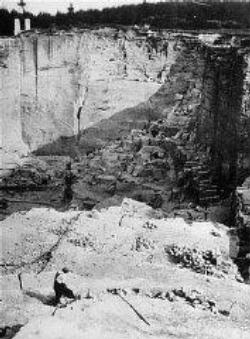
The quarry at Gross-Rosen in which prisoners worked, 1940 - 1945. (Photo to: KZ Gedenkstaette Dachau, courtesy of USHMM Photo Archives.)
-
See also:
-
Links:
-
Literature:
-
Gutman, Yisrael a Saf, Avital. The Nazi Concentration Camps: Structure and Aims: The Image of the Prisoner: The Jews in the Camps (Die nazistischen Konzentrationslager: Aufbau und Ziele: Das Bild eines Häftlings: Die Juden in den Lagern). Kernermann Publishing, 1997. 746 s.
-
Mołdawa, Mieczysław. Gross-Rosen: Obóz koncentracyjny na Śląsku. Warszawa: Wydawnictwo Bellona, 1990. 310 s.
-
Konieczny, Alfred. Das Konzentrationslager Groß-Rosen. Dachauer Hefte. Dachau: Verlag Dachauer Hefte, 1989, s. 15-27.


